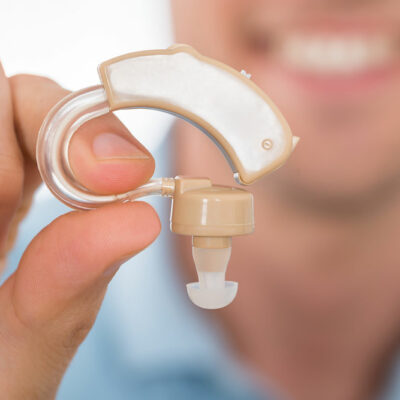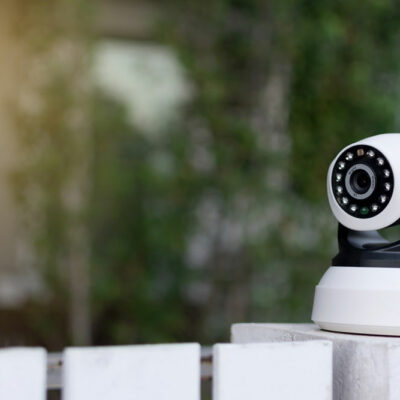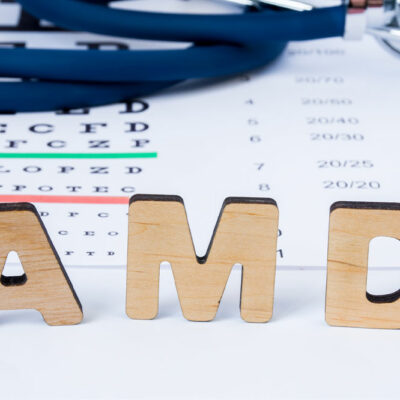
sciatica pain relief – treatment, remedies, and management techniques
Sciatica Pain Relief – Treatment, Remedies, and Management Techniques Sciatica is a condition characterized by sharp pain, numbness, and/or tingling sensation, which can occur from the lower back to the bottom of the legs. It occurs when the sciatic nerve, which runs from the lower back down the legs, becomes irritated or compressed. The pain and the numbness can be quite discomforting. Fortunately, there are various treatments, remedies, and management techniques that can help alleviate the discomfort associated with sciatica. Read on to learn about some of them. Treatments and Remedies The following treatments and remedies, which range from simple home remedies to advanced treatment options, can help ease sciatica pain. Ice packs Applying ice packs to the area where one is experiencing this pain, can provide immediate relief. They are especially useful if the sciatica pain is happening due to an injury. Ice packs help by reducing inflammation and numbing the area. One can apply an ice pack, wrapped in a towel or a clean cloth, to the affected area for 15-20 minutes at a time, several times a day. Heat or warm compress After using ice packs for the initial few days, one can switch to applying heat or warm compresses to the affected area.
Read Article 









